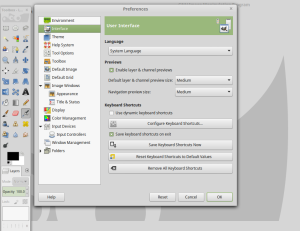GIMP
(GNU IMAGE MANIPULATION PROGRAM)
Hi everyone…..!
Whether you are a graphic designer, photographer, illustrator, or scientist.
GIMP provides you with sophisticated tools to get your job done.
GIMP began life in the 1990s as the GNU Image Manipulation Program, and the free, open-source image editing tool has evolved in both complexity and ease of use alongside the personal computer, itself.
Stable Version
The current stable release of GIMP is 2.8.18 (2016-07-14).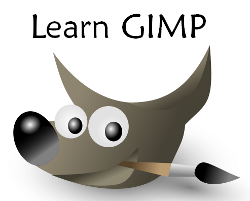
- Modern and bright UI
- Ease of use
- Single-Window Mode
Starting GIMP for the first time
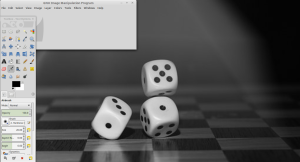
When you start GIMP for the very first time, something like this will greet you. This image is from GIMP version 2.8.10.
Let us take a look at what we have.
GIMP Toolbox
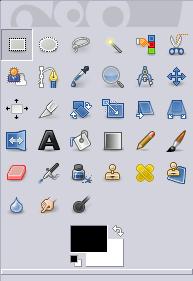
The Toolbox has several icons, each icon represents a different tool. You can activate each tool by left clicking on the tool’s icon in the toolbox, or by using a keyboard shortcut. You’ll soon become familiar with each tool. Most tools have options, which means that you may set the tool up to perform in a specific way.
You’ll discover how to use the magic of these settings as you progress through the exercise.
Don’t think of it as difficult – it’s easy!
Feature Overview
Customizable Interface
The preferences dialog can be accessed from the image menu-bar, through Edit → Preferences. It lets you customize many aspects of the way GIMP works. The following sections detail the settings that you can customize, and what they affect.
Each task requires a different environment and GIMP allows you to customize the view and behavior the way you like it. Starting from the widget theme, allowing you to change colors, widget spacings and icon sizes to custom tool sets in the toolbox. The interface is modulized into so called docks, allowing you to stack them into tabs or keep them open in their own window. Pressing the tab key will toggle them hidden.
Digital Retouching
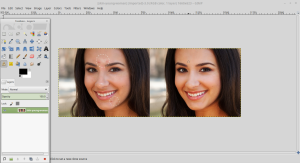
GIMP is ideal for advanced photo retouching techniques. Get rid of unneeded details using the clone tool, or touch up minor details easily with the new healing tool. With the perspective clone tool, it’s not difficult to clone objects with perspective in mind just as easily as with the orthogonal clone.
File Formats
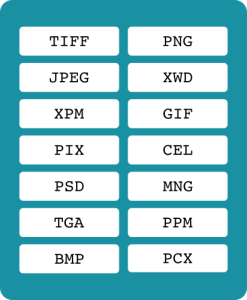
The file format support ranges from the common likes of JPEG (JFIF), GIF, PNG, TIFF to special use formats such as the multi-resolution and multi-color-depth Windows icon files.
Hardware Support
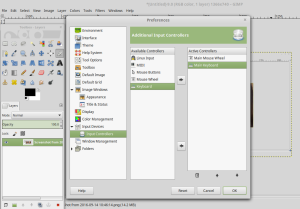
GIMP includes a very unique support for various input devices out of the box. Pressure and tilt sensitive tablets, but also a wide range of USB or MIDI controllers. You can bind often-used actions to device events such as rotating a USB wheel or moving a MIDI controller’s slider. Change the size, angle or opacity of a brush while you paint, bind your favorite scripts to buttons. Speed up your workflow!
Supported Platforms
- GNU/Linux
- Microsoft Windows (XP SP3, Vista, 7, 8)
- Mac OS X (10.6 and newer)
- Sun OpenSolaris
- FreeBSD
The GIMP Price issue
So GIMP still isn’t perfect… ?
although many of its imperfections are niggles in the face of all that it offers. If you’re a web designer you’re unlikely to require batch actions, CMYK support, or cross compatibility with other video and image management software.
Then there’s the price. GIMP is free, and now it’s easy to install and use.It’s a powerful image editing program and all yours for free.
GIMP is Free to use, on as many devices as you want with out any restrictions.

References: https://www.gimp.org/
Save


